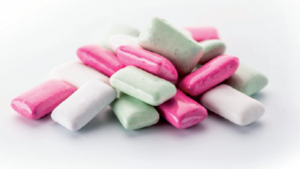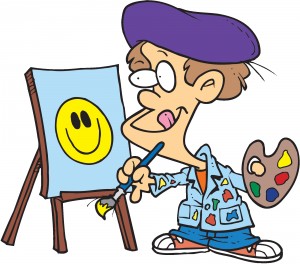So you wake up, get out of bed, brush your tee-. Wait. You brush your teeth, right? And you brush your tongue too?
Brushing your teeth and tongue is just necessary good hygiene. It gets the bacteria out from in between your teeth and off of the surface of your tongue. The bacteria that lingers is what causes bad breath, otherwise known as halitosis.
Have you ever had a conversation with someone and couldn’t stand the smell of their breath? A conversation so long that you almost feel like your eyebrows are about to burn off just from the pure stink?
Well, I have and I am certain you have too. These conversations have lead to me my research on the effects of bad breath on the human mind. I mean, think about it. It can’t make a person feel too good when they know their breath smells. It has to make the feel at least a little self-conscious, right?
My findings have answered that very question. Yes, it can. According to Dr. Katz, bad breath can have a negative effect on a person’s self-esteem and can cause social anxiety. A study featured in Health and Quality of Life Outcomes revealed that several of its subjects with significantly bad breath experienced severe social anxiety even following their treatment. The psychologists in charge conducted anxiety measurement tests prior to the start of the experiment, as well as afterwards.
Pause. Now think about this.
Have you ever considered that the opposite may also be true? While bad breath can cause a person to experience symptoms of SAD, SAD can also cause bad breath to get worse. How is that? The psychological meets the physiological. If you know you have bad breath and suffer from social phobia, you’ll probably begin to feel sweaty and shaky and your mouth might begin to feel dry conversing with another person. Something to note about halitosis is that bad breath is commonly developed from a dry mouth, as determined by the National Institute of Mental Health (NIMH).
So…this never ending cycle of smelling bad, feeling nervous about opening your mouth, and then smelling even worse as a result of anxiety is why people with bad breath ARE TYPICALLY NOT HAPPY.
Can you blame them?
So, here are some tips to avoid bad breath that I find one hundred percent effective:
Brush your teeth and tongue at least three times throughout the day.
Floss just as many times, and use mouthwash…
It also can’t hurt to carry around a pack of breath mints just in case you can’t run back to your place to brush your teeth. Remember, it’s not just you smelling your breath, it’s everyone you talk to. So, practice good hygiene people!
Sources:








